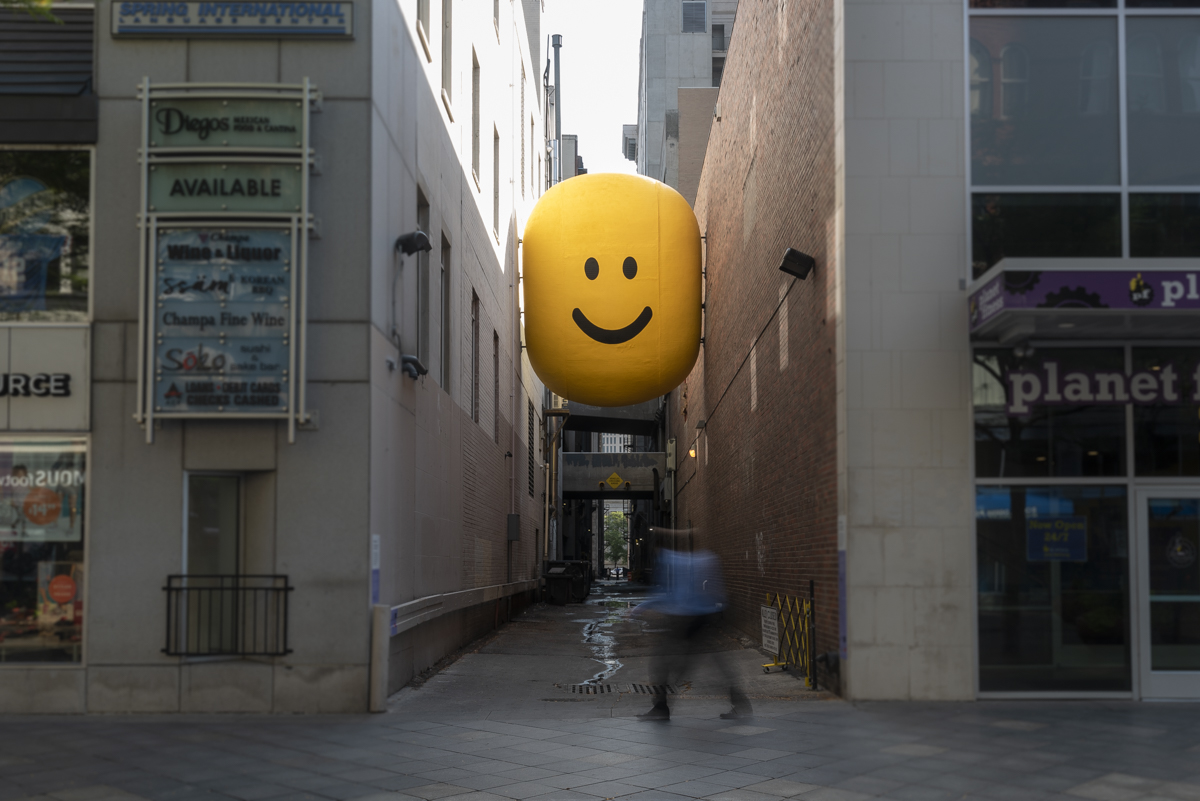As the world reopens and people begin to venture into our newest reality, many wonder how we will begin to move forward. What will it take for people to return to the office and to explore public space again? The answer is found in the creative essence of art and culture.
The creation of a place cultivated by works of art cannot be replicated on a screen. Rather it must be felt, experienced, explored.
Public art is essential for placemaking because it manifests within the very places we inhabit – alleyways, walls, parking structures, parks, and the public way. Art and culture create the heartbeat of the streets. Communities and businesses alike benefit from enhanced social cohesion, improved health and economic outcomes, and the creative energy and aesthetic of a place enhanced by arts and culture.
To entice people back into a routine of work and play outside of the home, we must fill places with color, soul, and emotion. We must create unique opportunities to encounter life.
Here are three ways placemaking can create space that calls people back to shared spaces in our communities.
Create Social Cohesion and a Sense of Community Through Art

The creation of art should be consistent and dynamic. Businesses can play a role by investing in a continual practice of cultivating art and attracting diverse local talent. Local artists’ muse is often their surroundings — the positives and the negatives of the local community, what attracted them, why they’ve stayed, and the influence of everyday life. Their art is the link between the neighborhood’s past and its future. This kind of living experience connects people with the culture and vibe of the community in which they live.
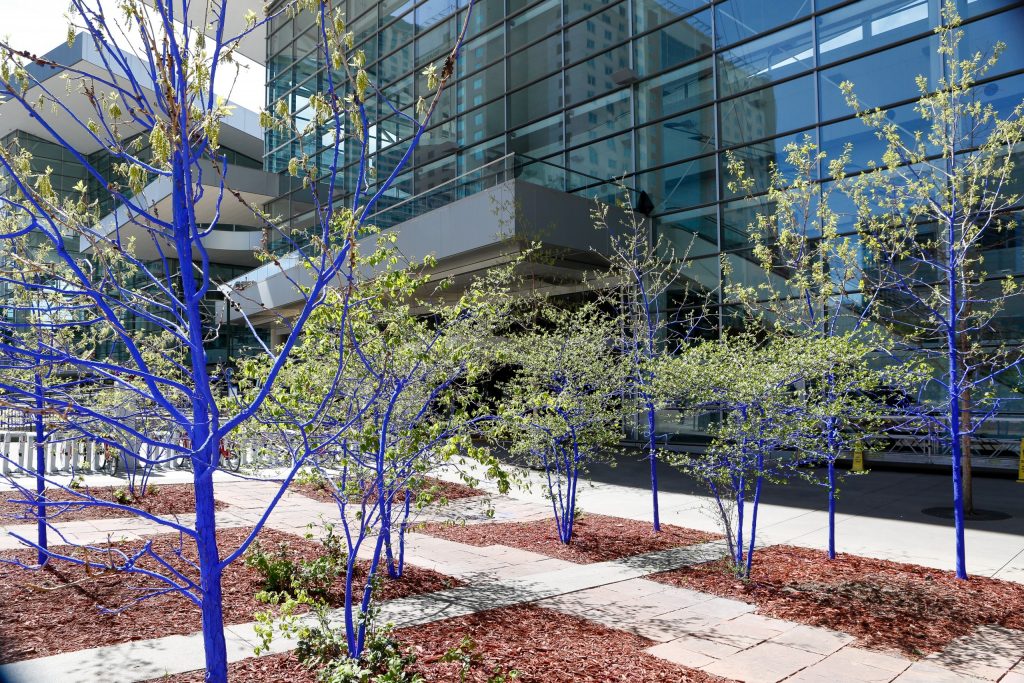
The Blue Trees project does just this for the Denver Theatre District. The project, which covers over 16 city blocks, places civic engagement at the forefront of the community. The project includes 156 blue trees (colored with environmentally safe, non-toxic, natural blue pigment), which bring awareness not only to global deforestation, but also the importance of trees to human life and their environment.
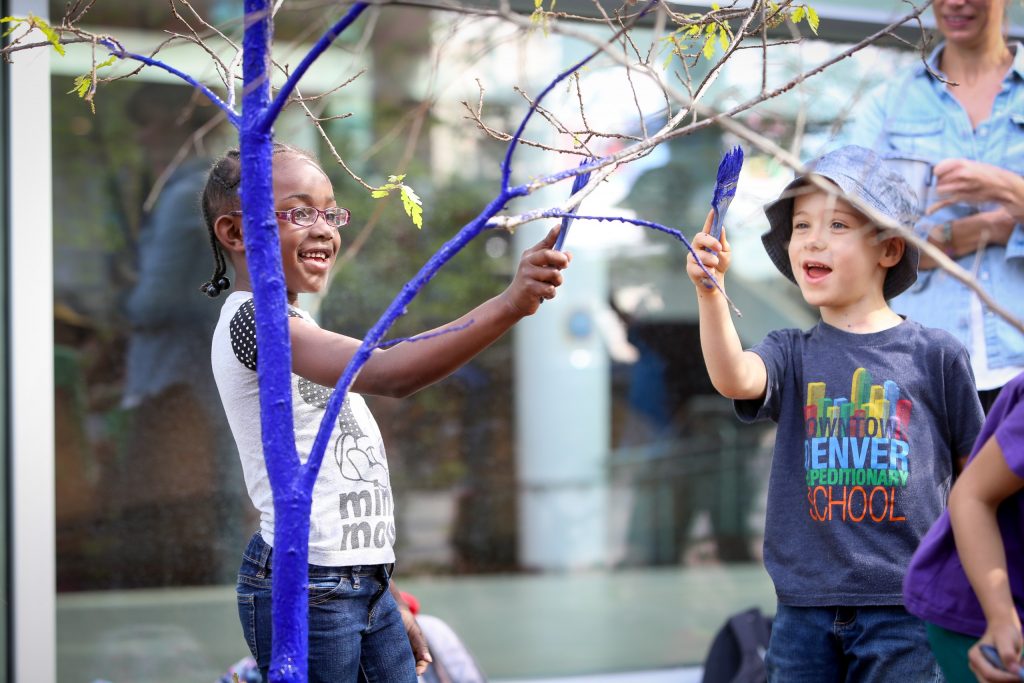
Not only did the Blue Trees project showcase a unique piece of art, it also involved dozens of free, family-friendly events designed to connect the community and the cause.
Cultural Placemaking is a Powerful Tool for Renewal
Utilizing art and culture can reinforce the foundation of our communities. It shows the story of our lives, connects us to the past and is an example that, despite having gone through a pivotal experience like a global pandemic, we can endure and thrive.
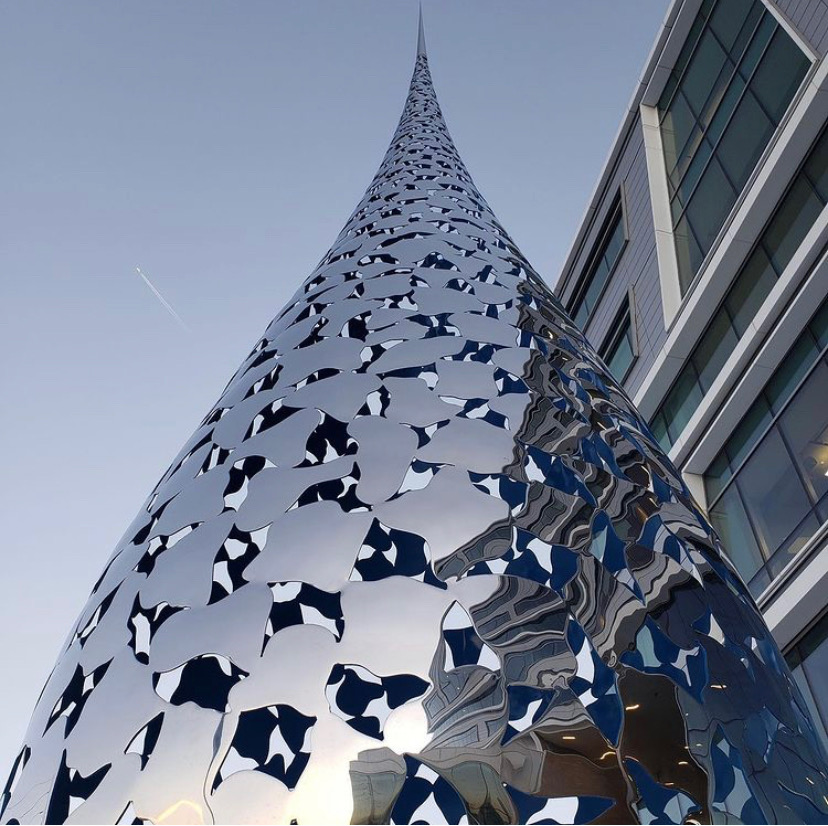
Take Denver Water’s headquarters for instance. Through the use of art, the organization was able to share their mission, goals and the work they do. One piece, created by local artist Rik Sargent, entitled “Forests to Faucets” tells the story of how Denver’s water flows through the mountains and into the city’s faucets. To create the piece, Sargent involved different members of Denver Water’s organization to add to the clay model, literally crafting the story through the eyes of the employees.
The integration of this particular work, and other pieces into Denver Water’s new campus not only showed the importance of the work the organization does, but also the creation of a public presence for Denver Water’s rich history and a source of attraction and retention for employees.
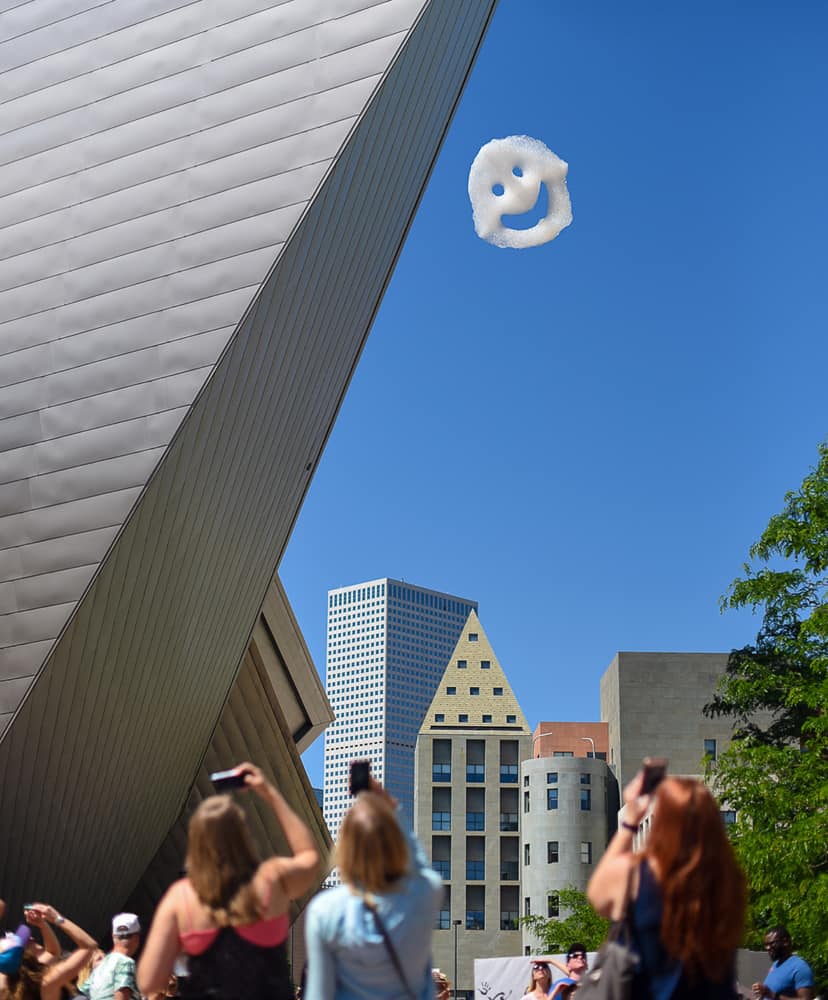
Another example of art benefitting the community’s well-being is the Happy City project, which was in the Denver Theatre District. For six weeks, several artists collaborated on installations that encouraged Denver residents to acknowledge and dismantle barriers to mental health and encourage the stronger collective. Programming in streets and alleyways, on billboards and video screens, promoted mental health awareness and citywide wellness through interesting urban design.
Creative Placemaking Through Art Supports The Triple Bottom Line
A recent study by the Urban Land Institute found that the impact of creative placemaking supports the triple bottom line: financial, social and environmental profit.
In fact, Americans for the Arts found the vast majority of Americans — over 90% — believe arts and culture improve quality of life. Over 80% believe arts and culture is essential to the economy and local businesses.
Leveraging arts and culture in conjunction with quality design just makes good business sense. In fact, developers and their partners have reported higher market values, lower turnover rates, faster approval cycles, greater community buy-in, and better brand and market recognition because of the use of public art.
Building with arts and culture in mind, or incorporating them into your existing space, can attract and delight visitors, residents, and employees. Creating a place improves livability and quality of life for the community. It allows us to begin to experience the world again and move forward.
Bio:
As CEO and co-founder of NINE dot ARTS, Martha Weidmann oversees all business operations and works directly with our clients and partners. Martha graduated from Colorado State University with a dual major – Communications and Fine Arts. She started her career with Walker Fine Art gallery in Denver, then moved on to the most prestigious art consulting firm (at the time) in the region, McGrath and Braun, from which NINE dot ARTS was born. Martha loves the business of art and finds tremendous satisfaction in helping new and emerging artists discover that you can actually get paid for your talent. She spends her day balancing between touring an amazing new NINE dot ARTS art experience in the morning and reviewing equally inspiring spreadsheets in the afternoon. Martha supports the art community by currently serving on the Board of the Colorado Business Committee for the Arts.
About NINE dot ARTS
NINE dot ARTS is a nationally recognized, award-winning art consulting and curating firm with 825 installations across 35 states and 5 countries. From hotels, multifamily and office properties to large-scale, mixed use developments and dynamic public art installations, NINE dot ARTS transforms ordinary places into one-of-a-kind experiences. For additional information on NINE dot ARTS, visit ninedotarts.com.

